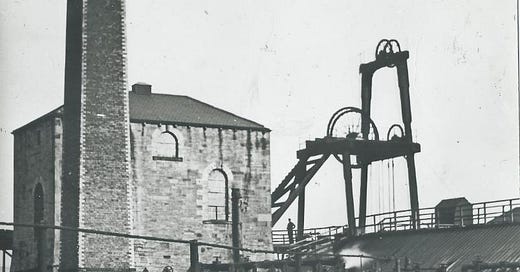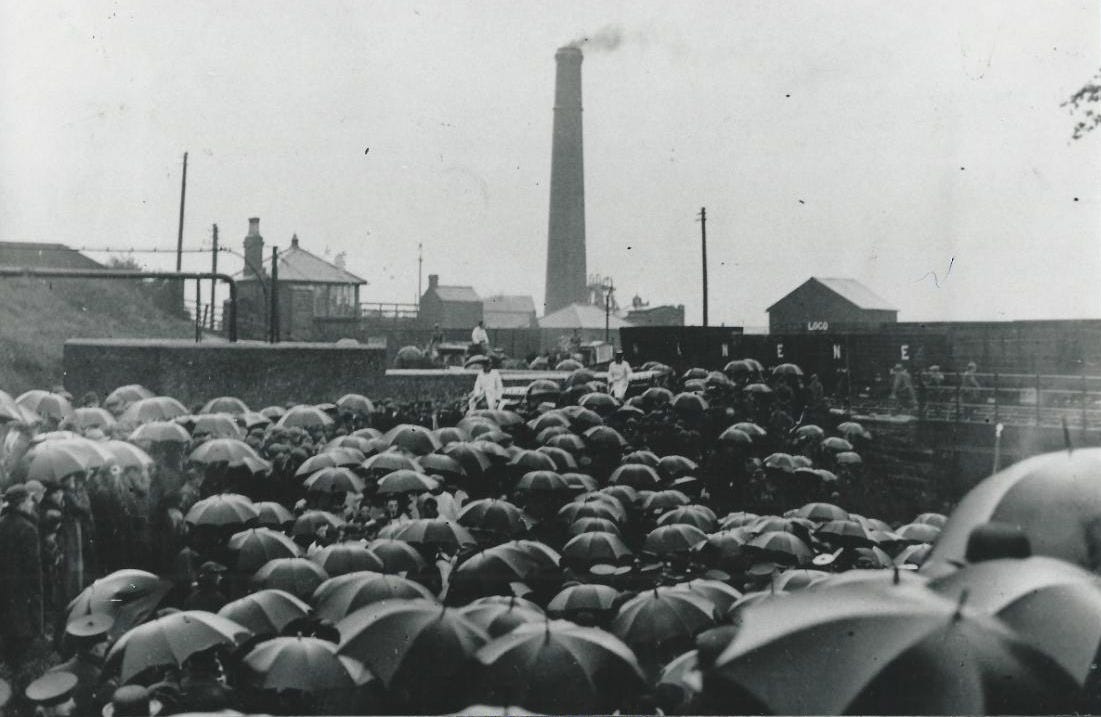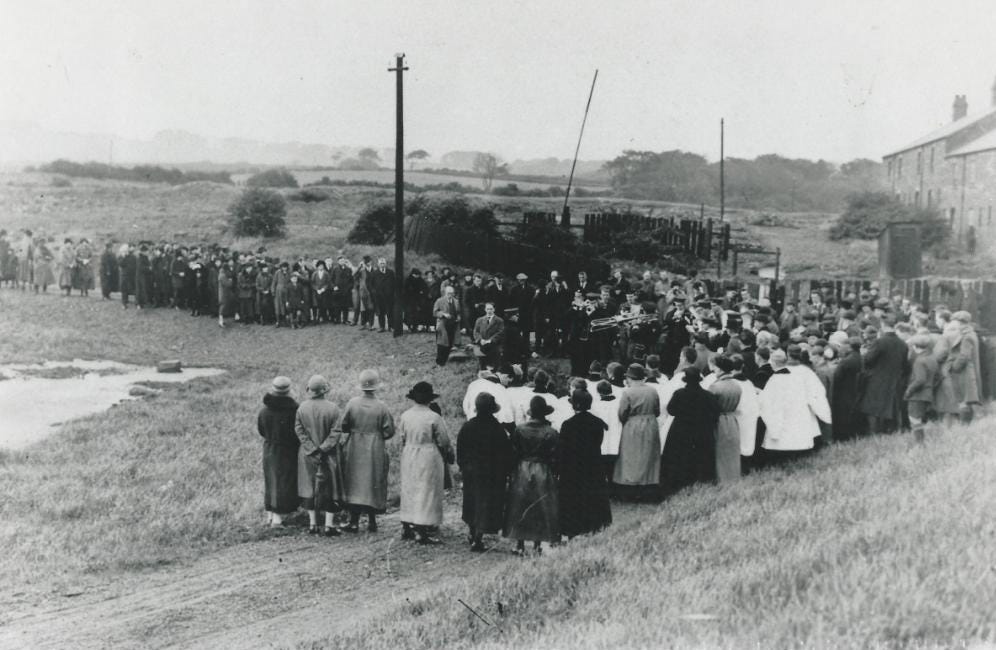Pit disaster centenary to be commemorated
It silenced a city and a country 100 years ago. Tony Henderson reports on events to mark a pit disaster which devastated communities on Tyneside.
A memorial day will take place this weekend to mark the centenary of a Newcastle mining disaster which claimed 38 lives.
The event tomorrow (Saturday) will recall the catastrophe on March 30, 1925, which struck the Montagu Pit in Scotswood.
Local organisations have joined to hold a 2pm memorial service preceded by a drop-in from 10.30am-1pm at St Margaret’s, the parish church of Scotswood, with displays of old photographs, maps, documents, paintings, poetry, digital story, pottery models and access to a memorial garden.
A booklet, The Montagu Pit Disaster, has been published for the centenary by Benwell’s St James Heritage and Environment Group and the Newcastle Mining Institute.
The disaster shocked the country. A.J.Cronin – know to later generations as the author of Dr Finlay’s Casebook - wrote a novel The Stars Look Down, published in 1935, which contains a thinly disguised account of the events at Scotswood.
In 1925 Cronin was working as the medical inspector of mines for Britain.
At the time of the disaster the colliery had two shafts. The Caroline Pit lay to the north in Denton just above the West Road. The View Pit, known locally as the Low Monty, occupied a site where a B&Q store stands today.
To the east of the Low Monty was a disused pit belonging to Benwell Colliery, known at various times as the Paradise, West Benwell and Beaumont Pit. It worked some of the same coal seams as the Montagu Colliery but had been abandoned in 1848 and had flooded.
The disaster occurred while miners at the Montagu Pit were working the deepest seam, the Brockwell. On the morning of Monday March 30, 107 men and 41 boys were underground.
They accidentally broke through to the old Paradise Pit, and three million gallons of water began to sweep into the mine.
All 38 victims of the disaster lived within a 2.5 mile distance of the ill-fated pit. Half of them lived in Scotswood, the rest in the neighbouring riverside communities along the Tyne – Bell’s Close, Delaval, Benwell and Elswick.
Among the victims were four sets of brothers and two fathers and sons.
The bodies of brothers George and Matthew Hetherington of Bell’s Close were who were working together at the coalface, were the last to be recovered from the pit. They were found on October 19 with their arms around each other.
The youngest to be killed was Thomas Latcham, aged 14, who had left school five weeks earlier. Another who died was 17 year old John Salmon, from Benwell.
More than a century before the Montagu disaster, William Thomas, the colliery viewer at East Denton Colliery where miners had died when water burst through from the flooded workings of an abandoned pit, had argued publicly that plans of abandoned workings should be lodged with the Justices of the Peace to avoid such tragedies in the future.
On May 24, a huge funeral took place with a procession from the pithead to Elswick Cemetery, watched by thousands of people along the way.
An area of the cemetery had been set aside for the coffins to be buried together.
Although almost two months had elapsed since the disaster, only about half of the bodies had been recovered by May 24.
There were to be eight more funerals. It was to be another five months before the last took place
Sam Evans was one of three victims who were awarded places on the Carnegie Roll of Honour for heroism in action. He was the overman who was responsible for safety and supervision underground.
He had the opportunity to escape when the pit flooded, but rushed back. Before he himself was trapped by the flood, he was able to warn others and point them to safety.
The other two men recognised for their heroism were the pit deputies William Johnson and William Thompson.
Montagu Main Colliery closed on November,13, 1959.
.






